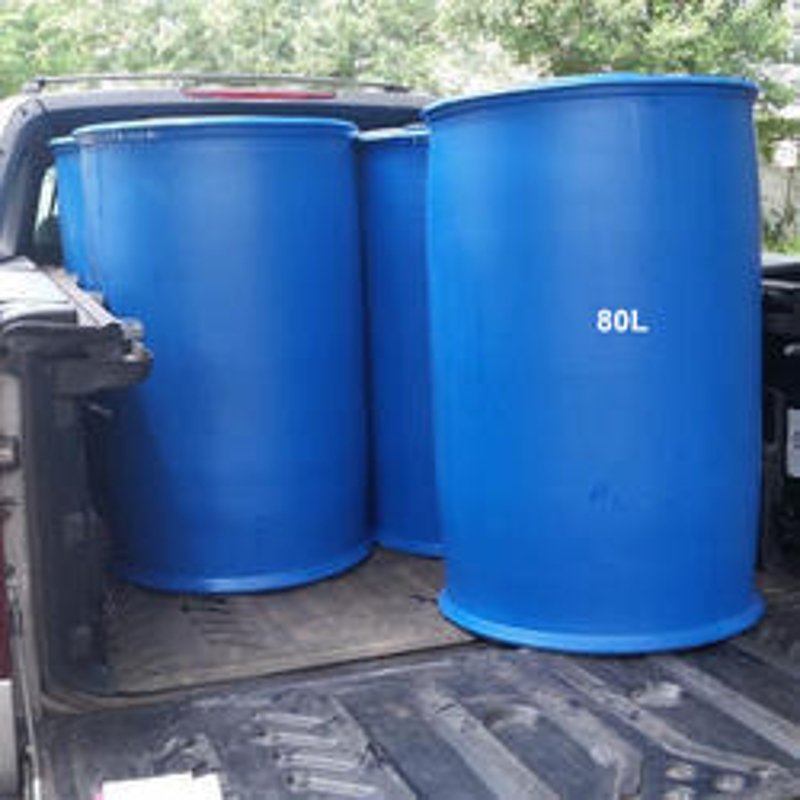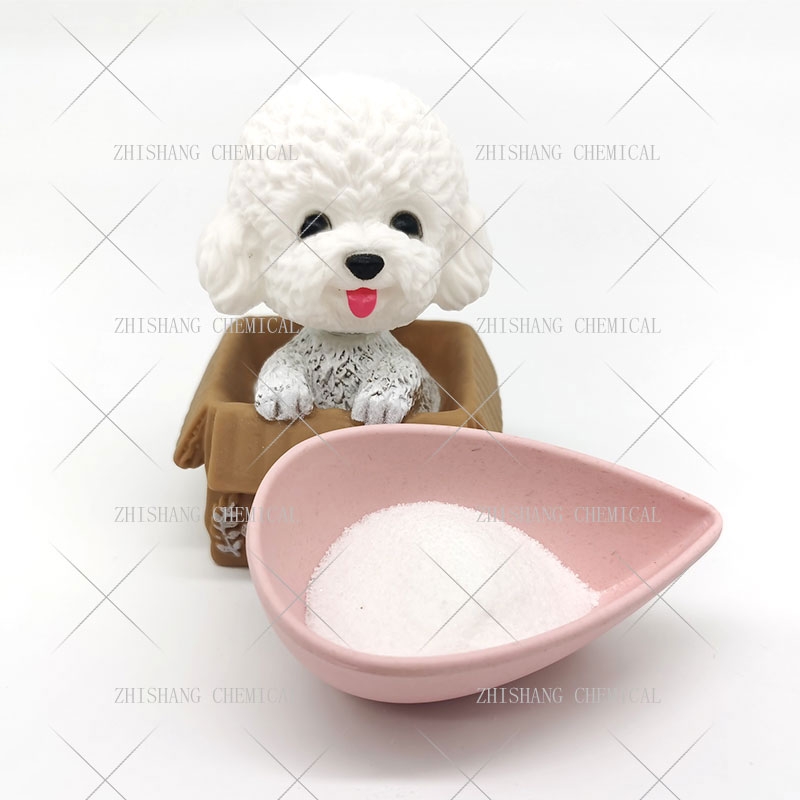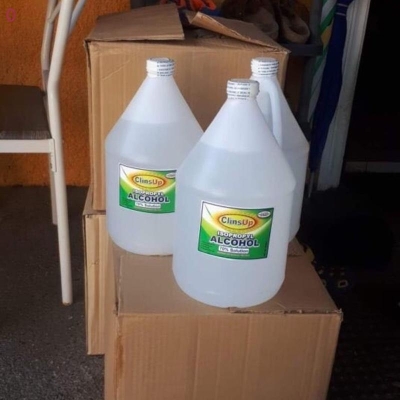-
Categories
-
Pharmaceutical Intermediates
-
Active Pharmaceutical Ingredients
-
Food Additives
- Industrial Coatings
- Agrochemicals
- Dyes and Pigments
- Surfactant
- Flavors and Fragrances
- Chemical Reagents
- Catalyst and Auxiliary
- Natural Products
- Inorganic Chemistry
-
Organic Chemistry
-
Biochemical Engineering
- Analytical Chemistry
-
Cosmetic Ingredient
- Water Treatment Chemical
-
Pharmaceutical Intermediates
Promotion
ECHEMI Mall
Wholesale
Weekly Price
Exhibition
News
-
Trade Service
The "Research Report on the Environmental Impact and Recycling Recycling of Packaging Plastics in the Takeaway Industry (2021)" jointly compiled by the Chemical Division of China Petroleum & Chemical Co.
, Ltd.
, the Institute of Ecological Civilization and Circular Economy of Tongji University, and the Zhejiang Yangtze River Delta Circular Economy Technology Research Institute was recently released, providing a relevant environmental accounting basis
for promoting the greening of China's foreign sales packaging.
The report shows that since 2015, China's food delivery industry has begun to experience explosive growth, with the number of takeaway orders increasing from 1.
7 billion pieces in 2015 to 17.
12 billion pieces in 2020, which in turn led to an increase in plastic packaging consumption (waste) from 57,000 tons in 2015 to 574,000 tons in 2020, an increase of 9 times
in 5 years 。 The cumulative carbon footprint of takeaway plastic packaging from 2015 to 2020 was 7.
71 million tons of carbon dioxide, of which 1.
7528 million tons of carbon dioxide
were emitted during the treatment stage.
2022 is expected to become a trillion-level market
Since 2020, new policies such as the new solid waste law, the 2.
0 version of the plastic restriction order, and the "14th Five-Year Plan" plastic pollution control action plan have been frequently released, showing the country's determination
to control plastic pollution.
Especially after the "dual carbon" goal is proposed, actively responding to plastic pollution is related to the construction of China's ecological civilization and high-quality development, and is an important task
of the "14th Five-Year Plan" ecological environmental protection plan 。 In 2021, the project team carried out research on the closed-circuit circulation system of plastics in the takeaway industry, focused on the prevention and control of plastic pollution in the takeaway industry, investigated and analyzed the consumption characteristics of takeaway packaging plastics, estimated the total plastic consumption based on the dynamic material flow method, analyzed the carbon footprint of takeaway packaging plastics throughout the life cycle based on the life cycle assessment system, analyzed the governance status of takeaway packaging plastics from the three perspectives of reduction, reuse and recycling, and put forward suggestions
for the governance of takeaway plastic packaging.
The project team divided the takeaway types into seven takeaway types
: fast food bento, local dishes, snack late-night snacks, exotic cuisine, dessert drinks, fresh fruits and vegetables, and convenience supermarkets by referring to the classification methods of takeaway in China Urban Takeaway Big Data Report (2018) and "2019 China Takeaway Industry Development Analysis Report".
The total number of takeaway orders for the seven takeaway types in five cities, Shanghai, Beijing, Shenzhen, Hangzhou and Nanjing, are almost all among the top five in the country
.
With the acceleration of the pace of social development and the change of lifestyle in the post-epidemic era, takeaway has become a new way of life
.
In 2020, China's Internet catering take-out orders reached 17.
12 billion, about 10 times that of 2015; the economic scale reached 835.
2 billion yuan, about 17 times
that of 2015.
It is estimated that China's Internet catering takeaway is expected to develop into a trillion-level market in 2022, and it is expected that by 2025, China's Internet catering take-out orders will reach 33.
9 billion, with an economic scale of more than 1.
5 trillion yuan
.
Recycling is still in the exploratory stage
, takeaway packaging waste is mainly divided into paper packaging, plastic packaging and wooden tableware
according to the type of packaging materials.
There are many types of plastic materials and strong plasticity, which are widely used in
disposable packaging for takeaway.
Plastic itself is not a pollutant, the essence of plastic pollution is that plastic waste leaks into the natural environment such as soil and water and is difficult to degrade, bringing visual pollution, soil damage, microplastics and other environmental hazards
.
From the front end, consumers have not developed the habit of classification, and takeaway lunch boxes are discarded
after use.
In the investigation, the project team found that: first, from the perspective of consumer willingness, most consumers are unwilling to clean takeaway packaging for fear of trouble; Secondly, the lack of publicity and education on the classification and recycling of takeaway plastic packaging leads to the mixing of lunch boxes containing a large amount of food waste with PET beverage bottles and plastic bag film, which is also easy to cause cross-contamination; Finally, there is also a lack
of equipment for cleaning and sorting takeaway packaging in takeaway scenarios such as campuses and office buildings.
Consumers usually mix disposable takeaway packaging waste with household waste for delivery
.
From the mid-end point of view, takeaway lunch boxes are difficult to collect and store, and the recycling system is not perfect
.
In the case that the front-end does not clean and classify the take-out plastic packaging, the takeaway plastic packaging contains oil, salt and other adhesions in the food residue, which increases the cost
of storage and transportation of medium-end recycling enterprises.
In the post-epidemic era, the public is increasingly concerned about public environmental hygiene, so it is difficult to find suitable venues for stacking in common takeaway scenarios such as schools, office buildings, and communities
.
From the end, takeaway lunch boxes are mainly incinerated and landfilled, which increases the burden of
urban waste disposal.
At present, the end-of-line treatment methods of take-out packaging plastics are mostly mixed with domestic waste for incineration or landfill, and recycling such as classification, recycling and cleaning is still in the exploratory stage
.
Takeaway packaging waste mixed with oil and salt directly enters the municipal waste incineration or landfill system, which will aggravate the pressure
of urban waste disposal.
The core of building a green industrial chain system
for takeaway plastic pollution control is not only the control of plastic pollution, but a more systematic and comprehensive management
of the whole life cycle of takeaway plastics 。 Under this concept, the governance of takeaway plastic packaging should include four stages: first, intuitive reduction, such as reducing the use of straws; The second is reuse, such as encouraging consumers to reduce the use of disposable plastic tableware; The third is classified recycling to reduce the environmental spillage of disposable plastic packaging products; The fourth is substitution, using other materials or new materials to manufacture takeaway tableware and packaging, replacing traditional materials
.
The cycle of takeaway plastic packaging involves material vendors, packaging enterprises, catering enterprises, takeaway platforms, consumers, recycling enterprises and recycling enterprises, etc.
, and the lack of participation in any link can not well solve the recycling problem of takeaway plastic packaging, and it is necessary to design comprehensively from the perspective of the entire industrial chain to constitute a closed-circuit cycle system
for takeaway plastic packaging 。 The takeaway platform links all parties in the closed-circuit recycling industry chain of takeaway plastic packaging, and is the link between consumers, catering enterprises, material and packaging manufacturers and recycling and recycling enterprises, with many advantages
such as intelligence, traceability and big data.
The green governance policies on takeaway plastic packaging issued by relevant departments can be well implemented through the participation and assistance of takeaway platforms
.
For large-scale takeaway packaging plastics, plastic chemical cycles should be used for end treatment
.
The circular lunch box model is mainly suitable for relatively closed scenarios such as universities and industrial parks, and a major plastic pollution control problem facing China is the large-scale production of takeaway packaging waste plastics
that cannot be physically cycled.
Therefore, large-scale chemical enterprises should be encouraged to build large-scale plastic chemical recycling facilities in Jiangsu, Guangdong, Zhejiang, Shanghai, Shandong, Beijing and other areas where a large amount of takeaway plastic packaging waste is generated to carry out the terminal treatment
of plastics.
From: China Press Publishing
Return to Sankei homepage >>
Internet platform takeaway plastic packaging has increased 9 times in 5 years
Welcome here







